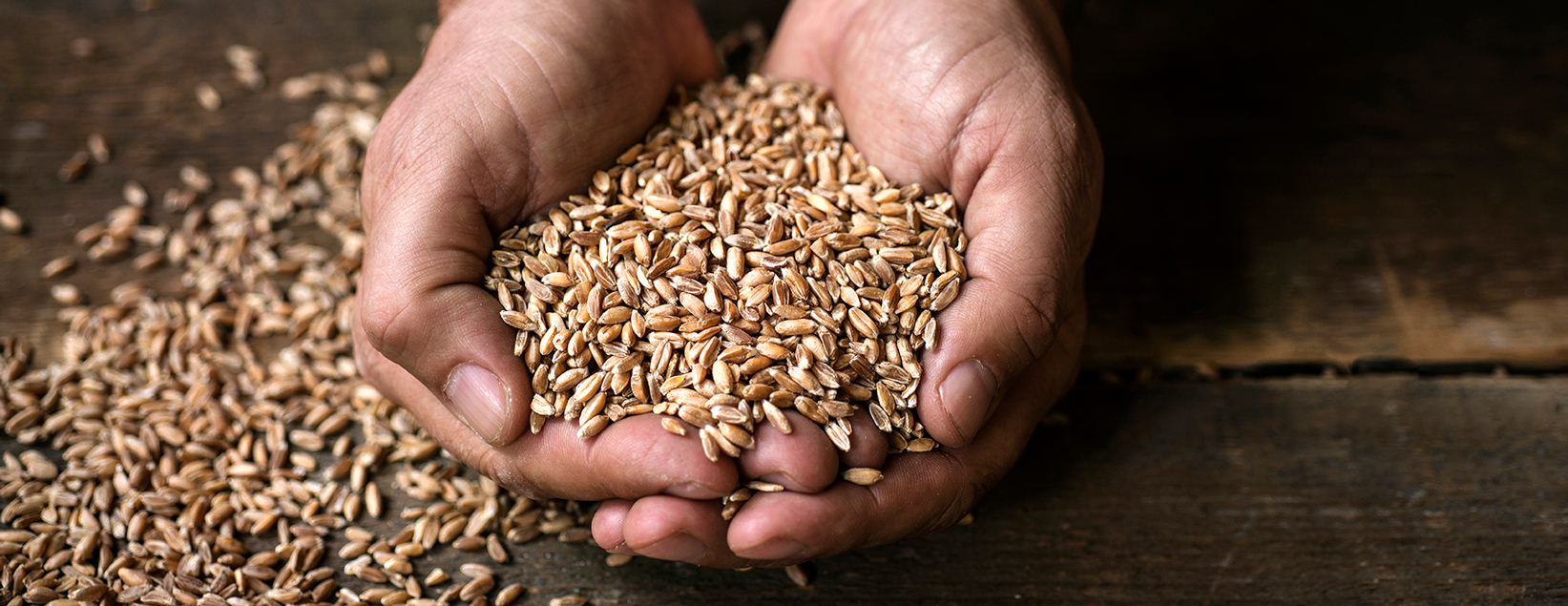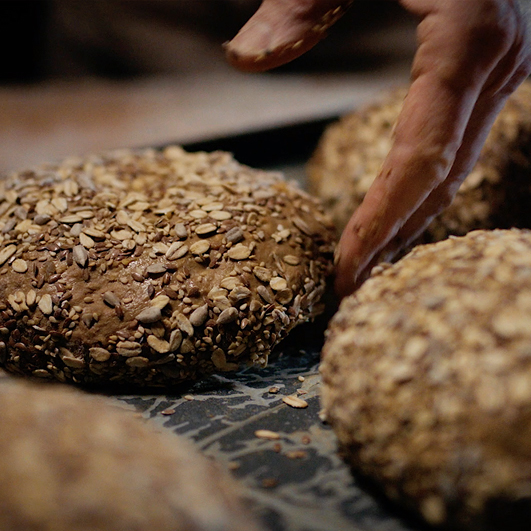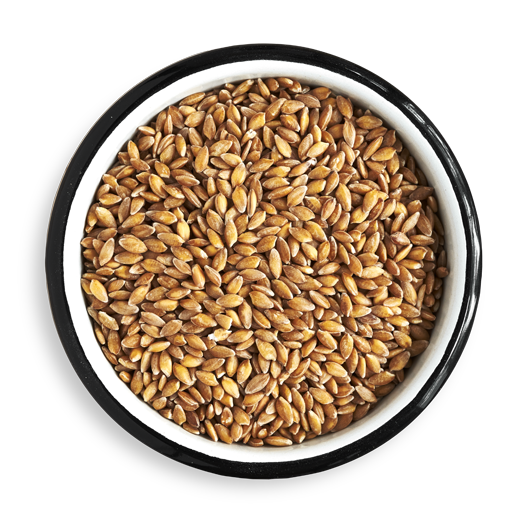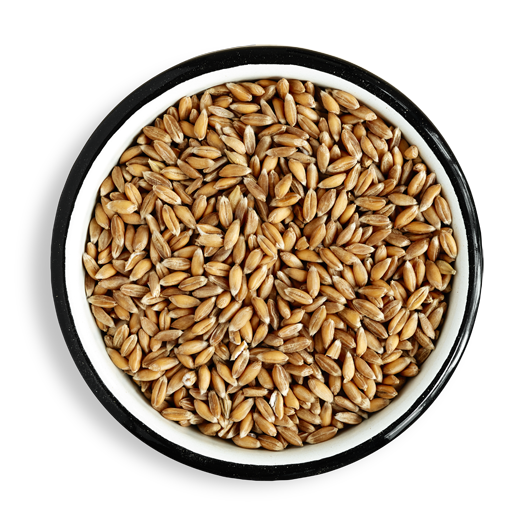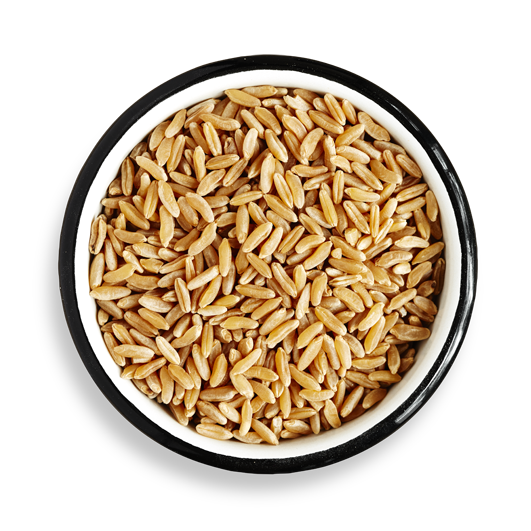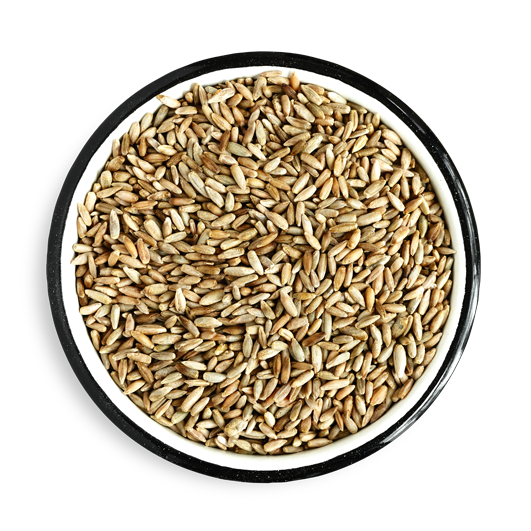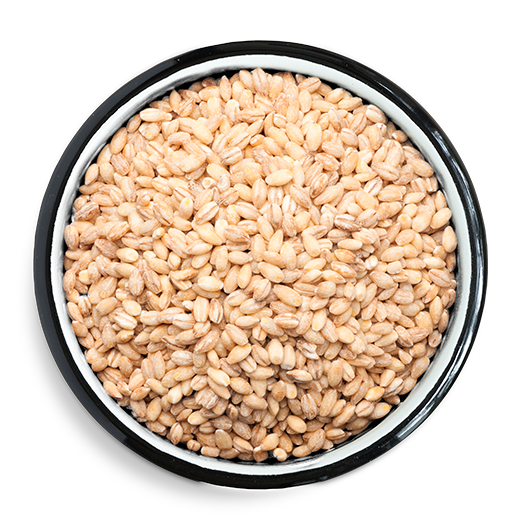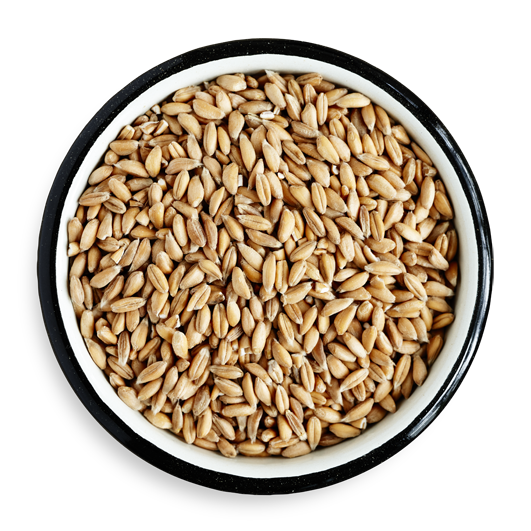Ancient grains? Naturally!
The tastiest bread is obviously made using the best ingredients. That is why Waldkorn® joined forces with farmers in Austria and the Czech Republic, where the soil and climate are ideal for growing crops. All ancient grains that these farmers cultivate are used in our Waldkorn® products. Natural, pure, authentic and full of flavour: the perfect ingredients for delicious bread.







